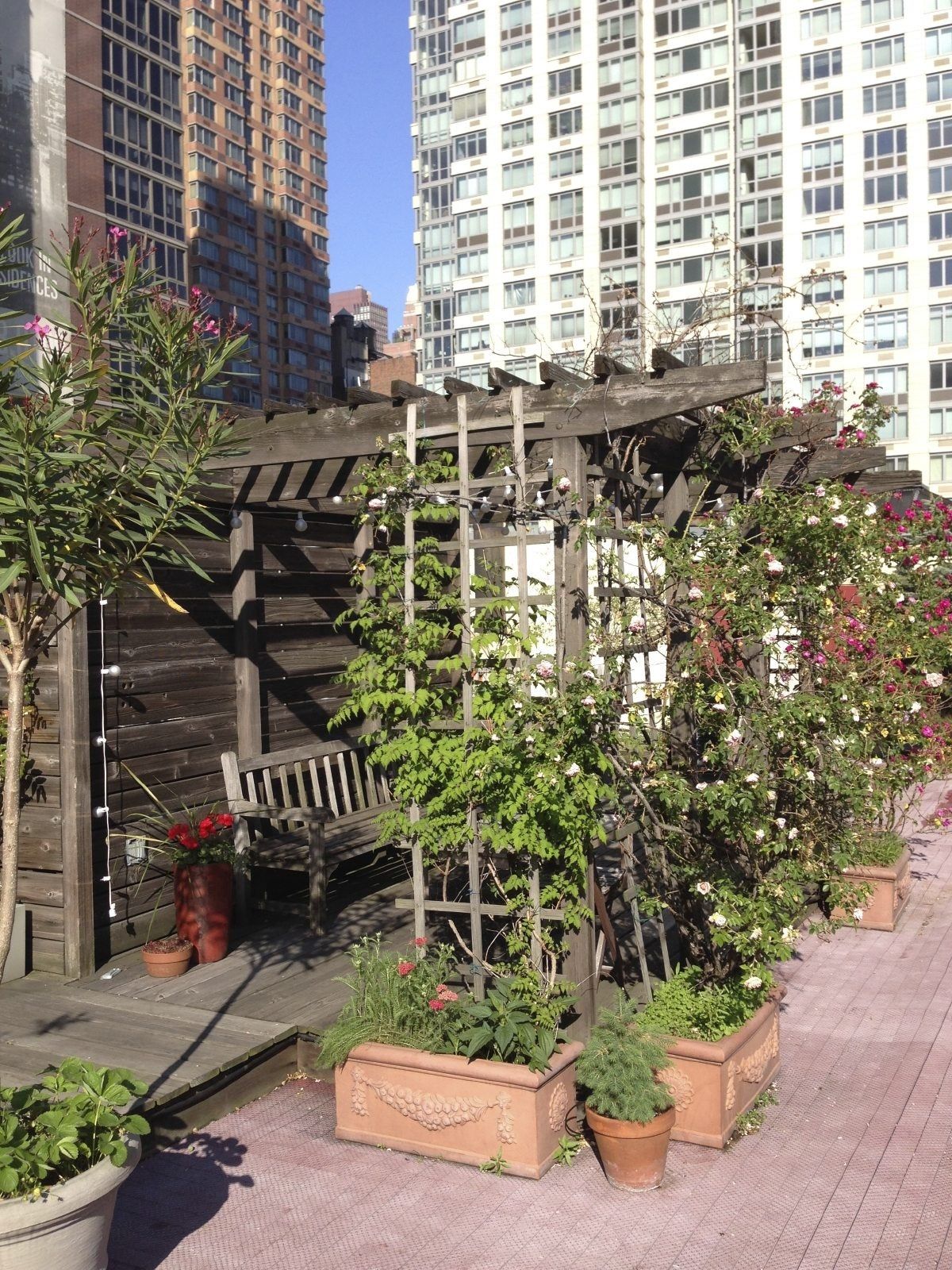City Blooming - The Facts
City Blooming - The Facts
Blog Article
Unknown Facts About City Blooming
Table of ContentsThe Single Strategy To Use For City BloomingIndicators on City Blooming You Need To KnowCity Blooming Fundamentals ExplainedCity Blooming Can Be Fun For AnyoneThe Only Guide for City Blooming

As you stroll the roads of the Bronx, Southside Chicago or East Oakland, you may see have actually even seen large stories of ripening fruits and veggies being gathered. What specifically are city farms and neighborhood gardens? Urban agriculture, metropolitan farming, or city horticulture is the method of cultivating, processing and dispersing food in or around city locations.
Generally, metropolitan farming as a method is a larger financial investment than horticulture. There are countless extra hours spent into the trivial matters of farming, from the plant plan to the often tending of your beds. This time around dedication tackles a whole new meaning once you realize the goal that is being functioned in the direction of and dedicated, namely that of acquiring a plentiful return of crops to be taken in.
A community yard is a solitary parcel gardened collectively by a group of people. Community gardens make use of either private or common stories on personal or public land while producing fruit, veggies, and/or plants expanded for their appealing appearance. The standard design here is that a large group of people each add a fairly small quantity of time to working their very own story, and receive the fruits of their labor therefore.
City Blooming - Truths

, and area organizations by aiding them develop and expand their very own yards. The differences between neighborhood yard and urban farm are nuanced, though in the end the very same standard activity takes placefood plant farming however within various organizational frameworks - eco-friendly practices.
Urban farms are typically more business and technology oriented, with the primary function of optimizing returns and marketing produce. Industrial city farms are typically targeted at broadening production on normally tiny land location with technologies in technologies such as tank farming, hydroponics, and greenhouses and might partner with a commercial kitchen area to develop locally-produced value-added items such as jams and sauces.
The 45-Second Trick For City Blooming
The produce is usually expanded on a much smaller scale and is taken home to eat at home or to share. By giving much needed eco-friendly rooms in destitute, concrete urban locations, they allow for the advantages of backyard gardening to those doing not have yards, and act as outstanding instances of self-organization and area advocacy.
Some community gardens, typically in urban locations, move into growing for industrial usage while some urban farms open up their land for more socially conscious benefits. Regardless of just how you specify and set apart the two, they are both favorable forces for great in cities around America and the world.
As every one of Small Axe Peppers' warm sauces are sourced with peppers from neighborhood gardens, your acquisitions directly help fund these regional tasks (https://us.enrollbusiness.com/BusinessProfile/6739712/City%20Blooming#google_vignette). Take part in the change by.
A friend of mine lately commented in a discussion regarding horticulture that "It's interesting, I have actually constantly thought that farming as a technique is somewhat like gardening. There are comparable elements to both don't you assume?" To the nonprofessional that comment from my close friend would certainly have do without much thought, it seems practical so why not take it thus? Yet as I spent a growing number of time in my Urban Agriculture class I've involved understand that to say that horticulture is a tiny extension of farming would be a little stretch.
A Biased View of City Blooming
They both focus on the treatment of plants for some objective that can be food, earnings or simply the satisfaction of the craft. In addition they both call for a financial financial investment on top of a time investment, something that a whole lot of people in our fast paced life do not have a whole lot of - balcony and patio garden design.
We can see that the similarities are plentiful, but are the differences sufficient to produce a difference? As a trainee at NYU I have the chance to deal with the leave It Better Structure, a group that teaches basic nutrition and gardening to secondary school pupils. https://fliphtml5.com/homepage/tkxth/cityblooming/. This experience provided me a thorough venture right into the globe of amateur gardening beyond what the majority of people have been in call with
Farming as a method is a bigger investment than horticulture. There are plenty of extra hours invested right into the minutiae of farming, from the plant strategy to the often tending of your beds.
The typical gardener goes regarding his obligations as a task instead of a need and thus distinguishes his or herself from the farmer. With this difference in Related Site hand, they are both soothing and enjoyable exercises that any person can choose up, which by itself ought to be an ad for both.
Not known Details About City Blooming
Something failed - sustainability. Wait a minute and try once again Try again
Report this page